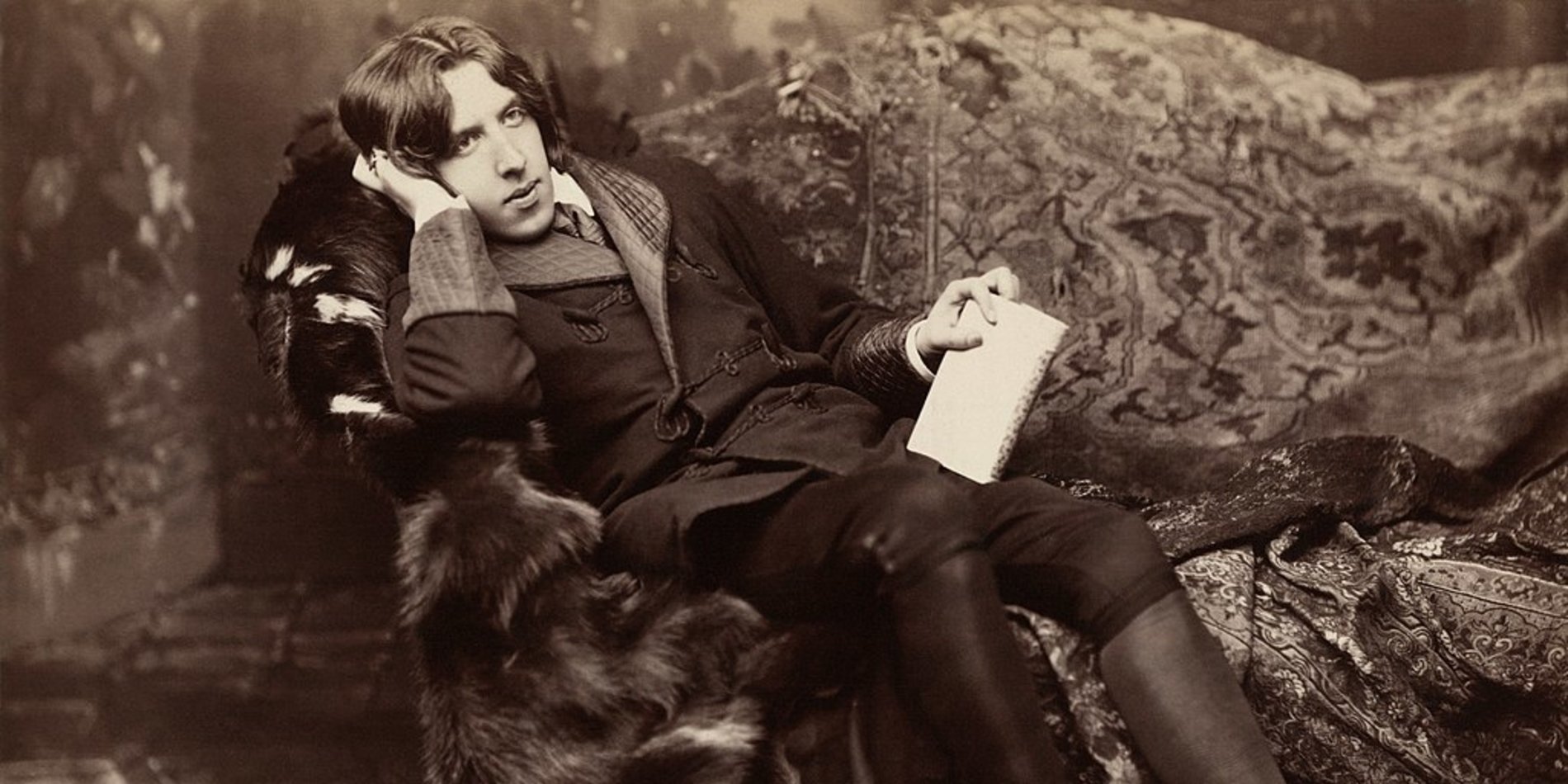MUSIC 31N: Behind the Big Drums: Exploring Taiko
Course Description
Since 1992 generations of Stanford students have heard, seen, and felt the power of taiko, big Japanese drums, at Admit Weekend, NSO, or Baccalaureate. During a time of COVID, this online version of the seminar takes students behind the taiko. Taiko is a relative newcomer to the American music scene. The contemporary ensemble drumming form, or kumidaiko, developed in Japan in the 1950s. The first North American taiko groups emerged from the Japanese American community shortly after and coincided with increased Asian American activism. In the intervening years, taiko has spread into communities in the UK, Europe, Australia, and South America. What drives the power of these drums? In this course, we explore the musical, cultural, historical, and political perspectives of taiko through readings and discussion, conversations with taiko artists, and online taiko lessons. With the taiko as our focal point, we find intersections of Japanese music, Japanese American history, and Asian American activism, and explore relations between performance, cultural expression, community, and identity.
Meet the Instructors: Stephen Sano & Linda Uyechi
Stephen Sano

"My 'official' position at Stanford is as the Director of Choral Studies, in which capacity I conduct two of the Department of Music’s choral ensembles, teach conducting, and administrate the Choral Studies Program. In the choral arena, I’ve conducted festival, honor, and collegiate choirs from over 20 states as well as professional and collegiate choirs from England, Germany, Austria, Australia, Canada, and Japan. But, I also have deep and abiding passions in two areas of world musics: kī hōʻalu (Hawaiian slack key guitar) and taiko. As a practitioner of kī hōʻalu, my albums have been nominated for the first-round ballot of the Grammy Awards, and as finalists for the Nā Hōkū Hanohano Award and the Hawaiian Music Award. Having served as Stanford Taiko’s Co-Faculty Advisor since the ensemble joined the Department of Music in 1993, I’ve been privileged to witness the evolution of this artform from both within as well as outside the collegiate environment. Along with my co-instructor, Linda Uyechi, we’ve taught this introsem for over 20 years — there’s always something new to learn and discover about the artform!"
Linda Uyechi

"I’m a linguist (PhD, Stanford) and techie (BS, MS Electrical Engineering, Stanford). My research has focused on American Sign Language and language in the Asian American community, and I’ve worked in digital design and computational linguistics. I am sansei - third generation Japanese American - and a taiko player. I was a charter member of Stanford Taiko, played with San Jose Taiko, and now play with Jun Daiko, the resident taiko group at the Mountain View Buddhist Temple. We initiated this taiko seminar after organizing the first-ever gathering of collegiate taiko players, hosted by Stanford Taiko in 1995. At that time there was just enough written work on taiko to create a thin reader. Since then the taiko community and the research on taiko have both grown, as has our commitment to share the story of this physically demanding and visually dynamic art form."



